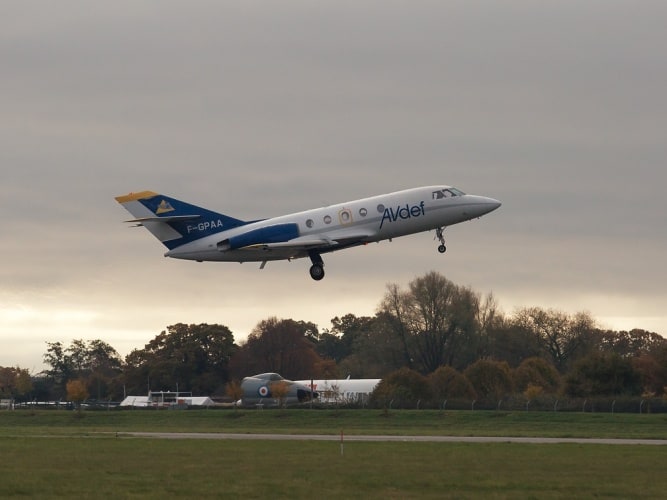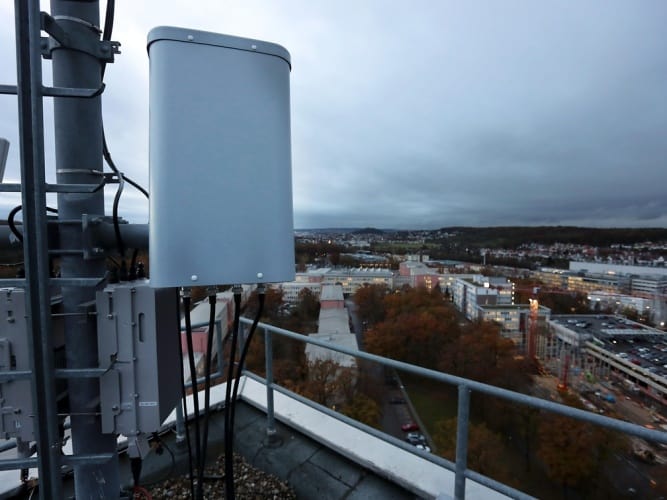Several companies have come together to build an integrated satellite and LTE network that will give airline passengers across Europe access to in-flight broadband.

The European Aviation Network (EAN) was implemented by Inmarsat and Deutsche Telekom, alongside Nokia and Thales. It will provide a combination of S-band satellite coverage as well as terrestrial-based LTE coverage from around 300 ground stations, the first time such an integrated system has been achieved.
Test flights have been undertaken in the UK, and the first live over-the-air EAN connection was made by Deutsche Telekom and Nokia in the latter’s Stuttgart lab. That transmission consisted of a broadband video conference where both parties were connected over the LTE network. The ground network for EAN differs from regular LTE networks as it needs to work at speeds of up to 1,200km/h, at cruising altitudes requiring cells of up to 150km.
“The EAN allows us to offer our customers outstanding connectivity services not only on the ground but also in the sky,” said Deutsche Telekom’s Claudia Nemat. “The new technology based on LTE standard makes sure that EAN is flexible for any further technology developments in the future.”

Nokia´s LTE base stations and Remote Radio Heads (RRH) were adapted to the EAN frequency, and a specific base station antenna was built to cover the sky. Nokia and Deutsche Telekom also set up a full end-to-end ground network reference system in Stuttgart. This includes all components and integrated onboard equipment from Thales, in preparation for technical challenges such as compensating for the Doppler effect due to high aircraft speeds.
During the flight trials, tests were performed to see if the network could attach to the ground system, which it did at all four test sites in the south west of the UK. Successful handovers between different sectors and cell towers were also achieved, with results so far exceeding expectations.
“EAN is progressing extremely well, both on the ground as well as in the air, to achieve the world’s first integrated service providing true in-flight broadband experience,” said Leo Mondale, President of Aviation at Inmarsat.
“The actual performance and quality of the in-flight datalink exceeds design expectations and is truly game changing for European airlines.”
The EAN is expected to become fully operational in mid-2017 following the launch of the S-band satellite.




April 1886: the Brunkebergs tunnel
First ever example of a ground source heat pump?